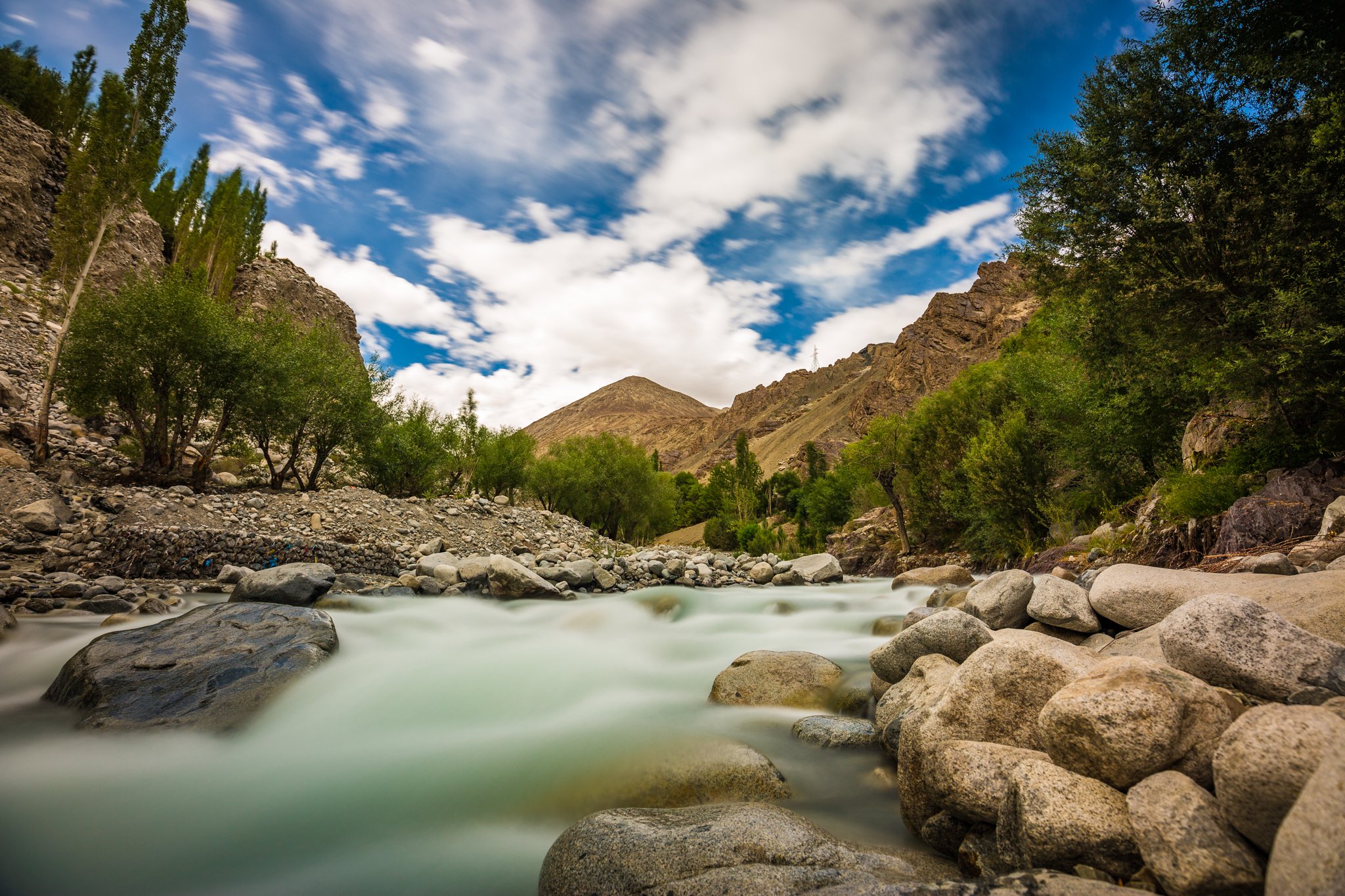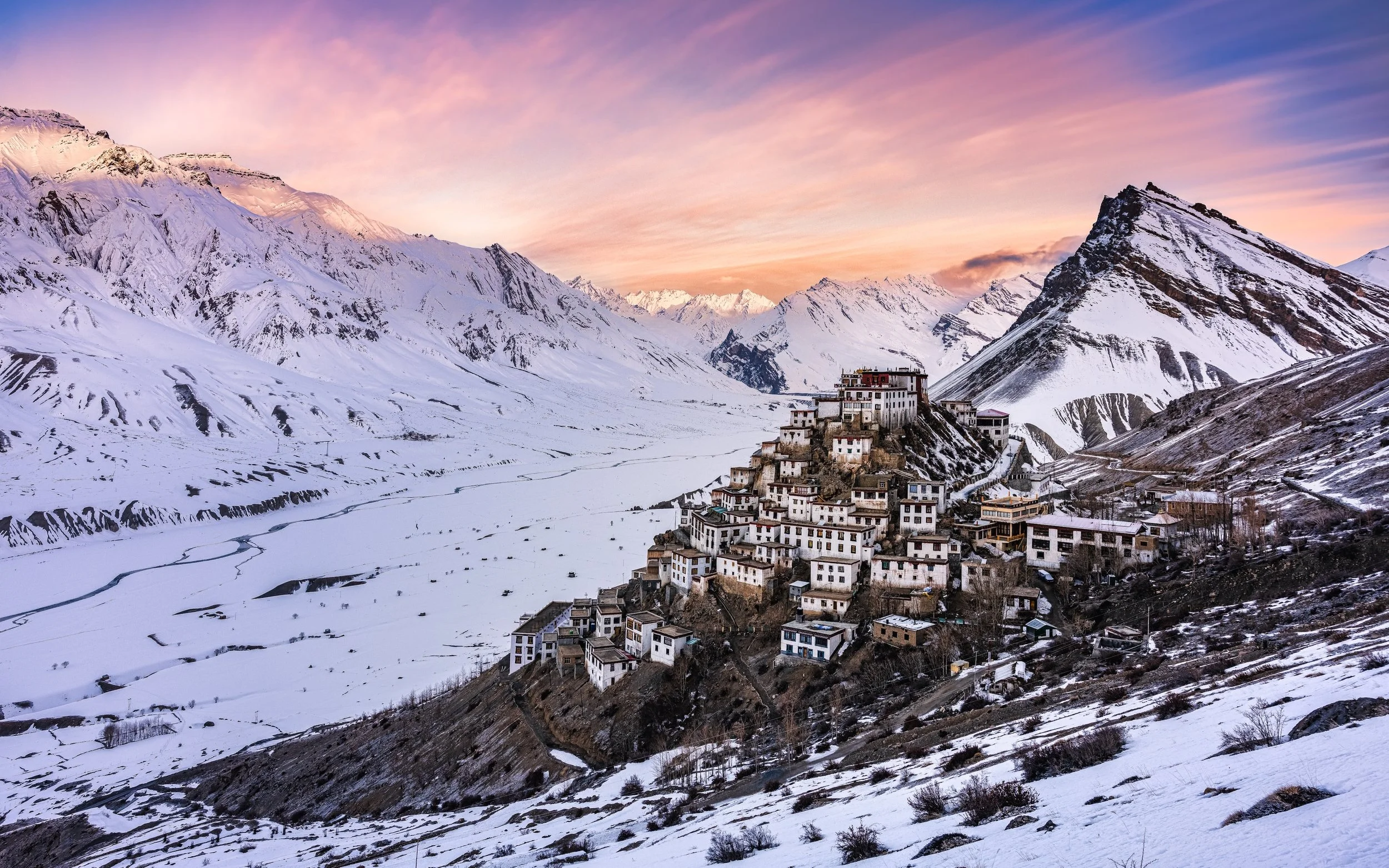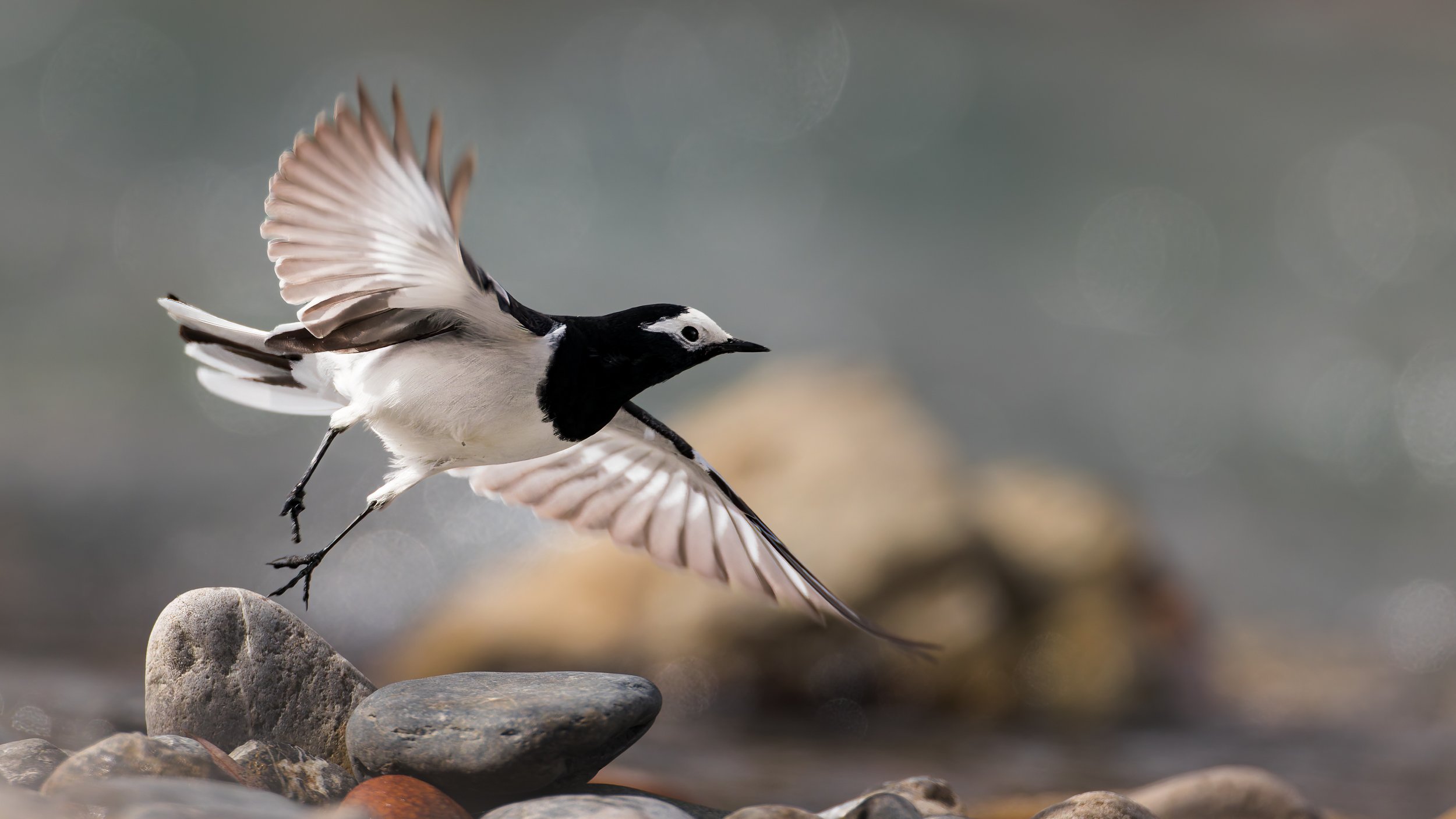Himalayan Highlands
India’s high-altitude deserts
3500m and higher above sea level, in the rain shadow of the Himalayas, lie its high-altitude deserts. Between 60,000 square kilometers of Ladakh and 7,000 square kilometers of its little cousin, Spiti valley, these sparse landscapes receive as little as 50 mm of annual rain in some parts. For comparison, my town, Pune, can sometimes receive 100mm of rain on a monsoon day.
The stark, almost Martian landscapes are a photographer’s delight in the summers. While the Greater Himalayas block the southwest monsoon winds, the glaciers melt in the warmer months, sprouting waterfalls, seasonal streams, wetlands and pools. Rugged rock, clear skies, reliable light and cotton candy clouds combine to produce a postcard at every bend of the road.
Each time I reach one of these Himalayan kingdoms, I find myself short of breath - literally. It takes time to adjust to the thin air and high altitudes. When you account for temperatures that plummet to -30℃ in winter, you might wonder how people live here. Sparsely populated as they may be, Ladakh and Spiti are home to about 300,000 people, and the settlements vary between big towns like Leh and Kaza and small villages like Kibber and Rangrik.
At a population density of four people per square kilometer, the world up here is quite different from the world in my city. Clean air is more readily available. Moments by yourself aren’t scarce. Looking upward to see a starry sky isn’t as much of a luxury.
Under the skies, where there are people, there’s culture. In the Himalayas, the culture is part of the landscape. In every neighbourhood, the most important places of worship — the monasteries — are located at the highest point of that settlement. Perched above all else, these signature constructions retain the old-world charm that one may associate with a region as remote as the high Himalayas.
But life isn’t only about the people in these mountains. The desert hides more than it reveals. It’s easy to miss creatures in this vast landscape. After all, the mountains dwarf everything around them
To spot wildlife, you must squint through the unrelenting glare of the harsh Himalayan sun. Look hard, look in the right places. Look harder. Be ready for more disappointment than success. This ain’t the African savannah. Wildlife is hard to spot, but when you find a critter, the reward is worth the toil. Every species you find up here differs from its cousins in the plains. And when you’re not rushing from one sighting to the next, each creature gets the time and observation it deserves from you.
As early as October in some years, the weather up in the mountains changes. The air turns frigid. The precipitation that the region doesn’t get from rain, it makes up for with snow. As the winter progresses, the lakes and waterfalls freeze, the greens give way to whites, and the warm hues make way for cold tones.
Drag the slider to see the transition between summer and winter in the Himalayas
The freezing cold temperatures aren’t for the faint of heart. You could forgive us plains-folk for calling these climes inhospitable. As they say, though, no pain, no gain. As the temperatures fall at high altitudes, the iconic grazers of the Himalayas — the bharal, or the blue sheep — make their way down to lower altitudes where they can find vegetation not yet buried under snow. The white, winter wonderland offers photographers a remarkably different studio from the one in summer.
The bharal, however, aren’t alone in their downward journeys. Close on their heels, the apex predator of the Himalayas — the snow leopard — follows. Across the valleys, a network of spotters activates itself, sharing news about glimpses of the grey ghost of these mountains. It’s a mini-celebration each time a spotter finds a snow leopard. Wildlife enthusiasts from all over the world gather at vantage points around the sighting, with binoculars, spotting scopes, and telephoto lenses pointed in the cat's direction.
And yet, in the hush that follows the excitement, something deeper lingers. At some point, the leopard vanishes into the folds of rock and snow. We remain — small, humbled, and awestruck. For in these cold, silent deserts of the sky, every glimpse of life feels like a secret, every encounter a sacred exchange. The Himalayas do not yield their wonders easily. They make you work for every frame, every story, every breath. But in doing so, they leave behind something more than just memories or photographs. They leave behind reverence — for a wilderness that endures, aloof and untamed, long after we’ve packed up our cameras and gone.
I saw a snow leopard for the first time on 18th March 2025. Every fibre of my being wanted photos, but my hands and brain didn’t respond to the situation. I could only see a ghost-like dot move across the snow on the summit before me. It was hard to believe that this was one of my dreams coming true. Tanzin, our spotter, came around to check if I was making images. I hit the shutter button like an obedient student, but there was a part of me that was just coming to terms with what I was witnessing. Was it real, I wondered? It was. I’d encountered my first Shan (ཤན).
Over the next few days, thanks to our diligent crew, we saw snow leopards a few more times. I can’t thank them enough — for their eyes on the ridgelines, their patience in the cold, and the memories for a lifetime. Here are some photos of the fantastic people who made our winter in the Himalayas as memorable as it could be.
I will return to the Himalayas, probably in summer, but definitely in winter. I will brave the cold again. I hope to have my kids and friends for company next time. Until then, though, memories must suffice — of white snow, clear nights, thin air, hot coffee, warm fires, and the ghostly shimmer of the Shan.

















































































